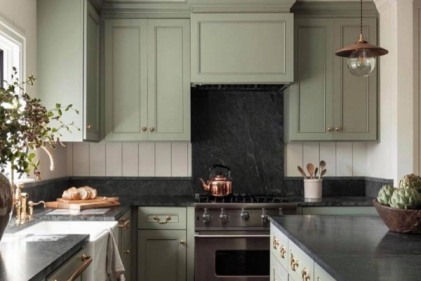Get into healthier routines for air management - at home and at work – by following these guidelines:
Ventilate your living area by opening windows. This prevents a build up of fumes and chemicals, due to the air being stagnant.
Mop floors at least twice a week or use a vacuum cleaner with a HEPA filter. HEPA filters can remove 95 percent of all fine particles, many of which simply exit a normal vacuum cleaner's exhaust. Washable rugs are a better option than wall-to-wall carpeting, since they are easier to clean effectively.
Try to avoid using all pesticides. Most of them are just poison. Try to find and use safer alternatives for pest control.
Aerosol sprays, used for deodorants, carpet cleaners, air fresheners, hair sprays and other products, emit millions of minute droplets into the air. Some of these products contain harmful toxins while others have substances that irritate airways. Solvents in some of the products can negatively affect children's brain development.
Burning wood or fuel, such as kerosene, for heat and cooking, releases toxins and smoke particles. These particles can cause asthma attacks and damage lungs. When you do burn wood, limit yourself to hard woods and do not burn pine, printed paper or composite board. When cooking with a gas stove, keep a window open or use an extraction fan. Make sure that all flues and chimneys are in good working order for fireplaces and furnaces.
Do not smoke in your living environment at all. There are thousands of toxic chemicals in cigarettes, including arsenic, tar and cyanide. Second-hand smoke causes asthma symptoms, ear infections, increases the risk of cancer and has been linked to Sudden Infant Death Syndrome.
Carbon monoxide is a colourless, odourless gas that is lethal at high enough concentrations. It is emitted by furnaces, gas stoves and from the garage (car fumes). Because it is impossible to detect by normal observation, you need to install carbon monoxide monitors with alarms. These devices should be placed in strategic locations so that all zones in your home are covered.
Foot traffic brings in plenty of pollutants and pesticides from the street and pavements around your house. Limit deposits by using a good doormat or by removing your shoes before you enter the house.
Keep tabs on your home's humidity levels. If the humidity is less than 50 percent, dust mites and mould cannot grow and spread. Use a hygrometer to measure humidity; they are available at most hardware shops. Dehumidifiers and air conditioners can limit dampness in problematic areas such as cellars, bathrooms and laundry rooms.










